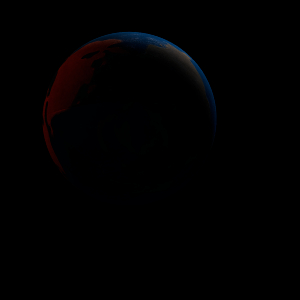|
|
Space Astro
|
Info for exoplanet "Pere-wone"
| Scientific (actual) data |
|---|
| Name | Kepler-289 c |
| Planet status | Confirmed |
| Planet mass | 0.42 |
| Mass sini | 0.013 |
| Radius | 1.034 |
| Orbital period | 125.852 |
| Semi major axis | 0.51 |
| Orbit eccentricity | 0.0115 |
| Inclination | 89.794 |
| Discovered | 2014 |
| Updated | 2025-04-18 |
| Omega | 72 |
| Tconj | 2455070 |
| Tzero tr | 2454980 |
| Impact parameter | 0.394 |
| Publication | Announced on a website |
| Detection type | Primary Transit |
| Mass measurement type | Radial Velocity |
| Radius measurement type | Primary Transit |
| Alternate names | PH3 c, 2MASS J19495168+4252582 c, K01353.01, KIC 7303287 c, KOI-1353 c, KOI-1353.01, WISE J194951.68+425258.2 c |
| Star name | Kepler-289 |
| Right ascension | 297.47° |
| Declination | 42.88° |
| Mag v | 12.9 |
| Mag j | 12.861 |
| Mag h | 12.596 |
| Star distance | 700 |
| Star metallicity | 0.05 |
| Star mass | 1.08 |
| Star radius | 1 |
| Star age | 0.65 |
| Star temperature | 5990 |
| Star alternate names | PH3, 2MASS J19495168+4252582, KIC 7303287, KOI-1353, WISE J194951.68+425258.2 |
| Wikipedia article | Kepler-289 c |
Back
| |
| Fictional info (?) |
|---|
| Suggested name | Pere-wone |
| Planet type | Cold gas giant |
| The largest moon, Ujiqis Unakyn, has a diameter greater than that of the planet Jupiter.
Its north and south poles, therefore, lie where most other planets have their equators. |
| Atmosphere | Hydrogen deuteride (HD) | 96% |
| Krypton | 2.3% |
| 2H2O | 0.59% |
| Ammonium hydrosulfide (NH4SH) | 0.096% |
| Hydrogen peroxide | 0.00045% |
| Ammonia | 3.9E-5% |
| Atmospheric pressure | 3 bar |
 |
| Moon | Ujiqis Unakyn | Large slightly egg-shaped ice moon |
| Zyhofo-xisyde | Large potato shaped ice asteroid |
| Fuze-x | Large potato shaped oceanic planetoid |
| Cata Paja | Huge round oceanic moon |
| Ecesa Gotys Oku | Huge potato shaped oceanic moon |
| Efoko Kireqy | Large irregular ice moon |
| Uceve | Very small round crater-filled asteroid |
| Google search for Pere-wone |
|
Website by Joachim Michaelis
|
|
|
|